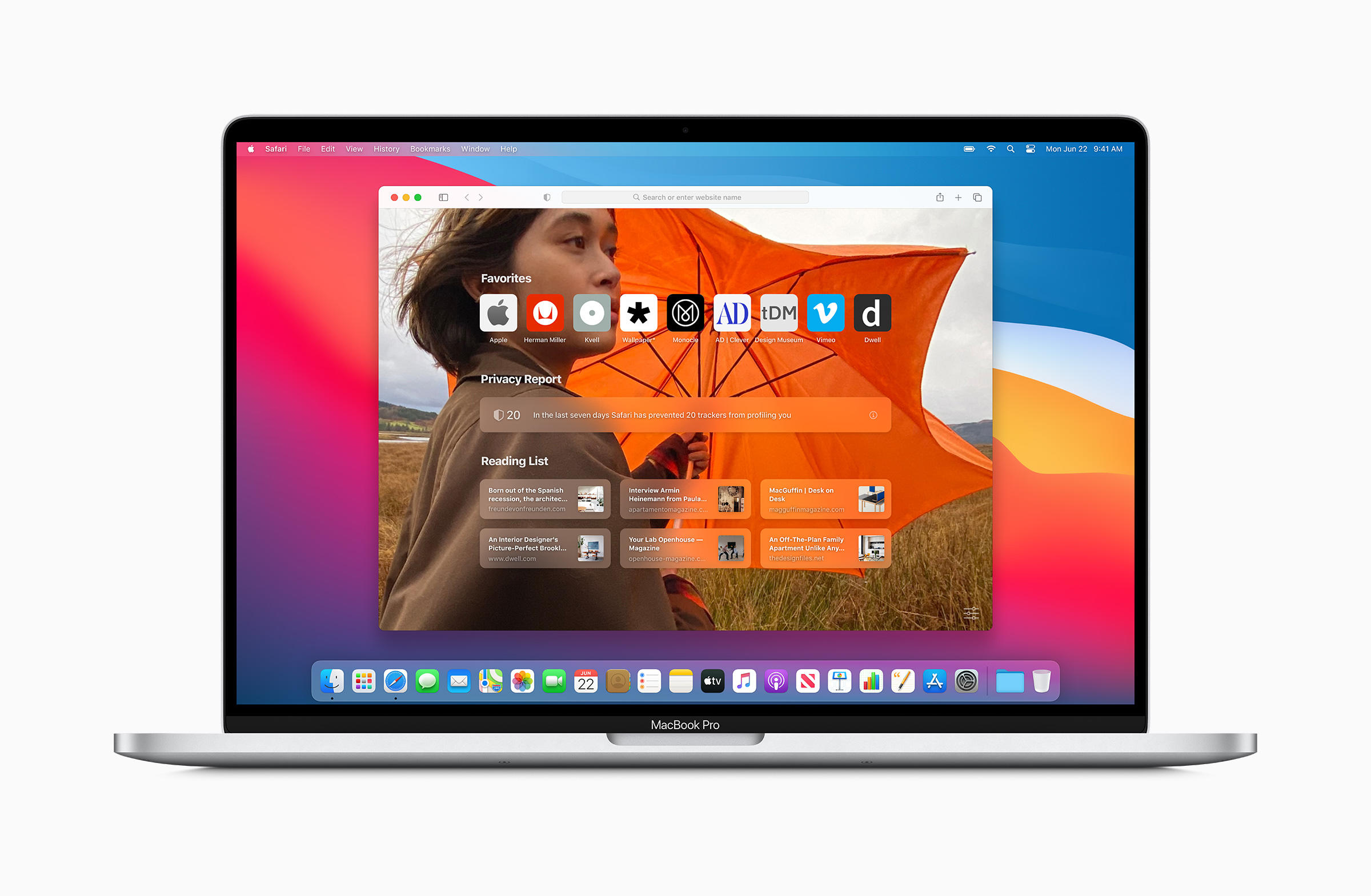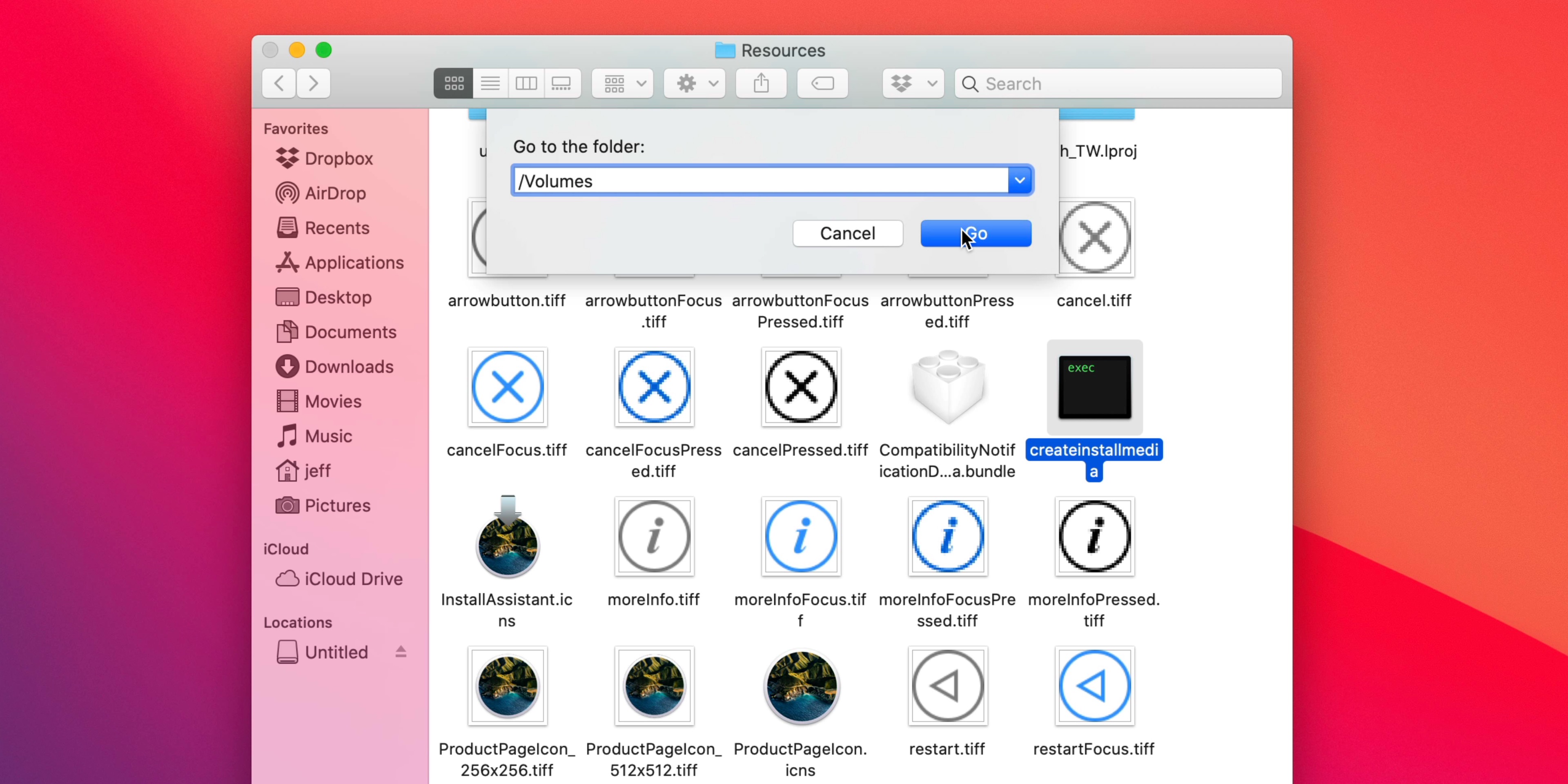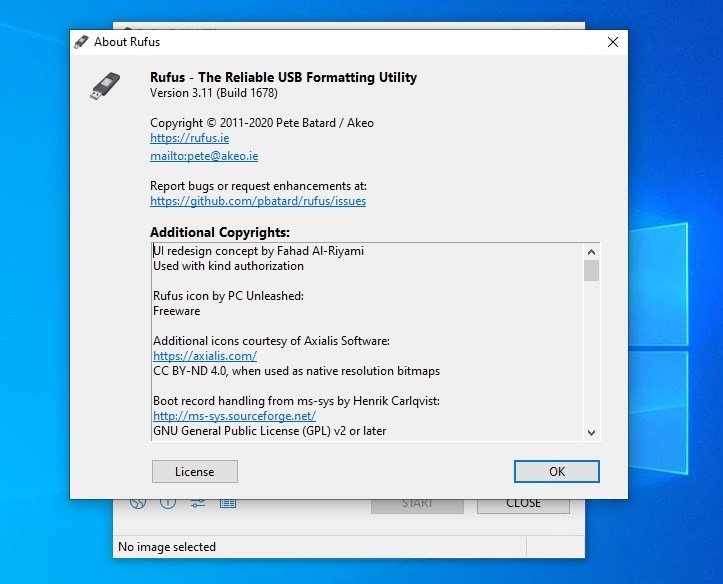With a bootable Ubuntu USB stick, you can:
MiniTool Partition Wizard Bootable Media also helps users to extract the ISO file. This is very useful when users have difficult in burning the bootable USB flash drive or CD/DVD disk directly from the media builder. But to use this bootable program, users need to do the following 2 things at first: Download ISO file. To do this work, you need to use bootable USB Windows 7 software, Windows 7 USB/DVD Download Tool. After getting the tool, follow its instructions to create a bootable USB drive. Besides, some of you may want to know how to create bootable USB from ISO ubuntu or Mac. You can create a Linux live USB by using either a GUI application like Rufus or by leveraging your existing command-line utilities. We will show you how to create a bootable Linux distro from all major operating systems, including Linux, Mac OS, and Windows. Create the Final USB. After the first USB is done, you can reboot your computer into Tails. As it’s rebooting, make sure that your computer is set to boot to USB. Select Tails from the boot menu. Then, when Tails boots, select your language and region. After a few seconds, you’ll see the Tails desktop. Insert your second USB now.


- Install or upgrade Ubuntu, even on a Mac
- Test out the Ubuntu desktop experience without touching your PC configuration
- Boot into Ubuntu on a borrowed machine or from an internet cafe
- Use tools installed by default on the USB stick to repair or fix a broken configuration
Create Bootable Usb On Mac For Pc

Macbook pro 2009 latest os. Creating a bootable USB stick is very simple, especially if you’re going to use the USB stick with a generic Windows or Linux PC. We’re going to cover the process in the next few steps. Download mega app for mac.
Create Bootable Usb On Mac For Windows
Apple hardware considerations

There are a few additional considerations when booting the USB stick on Apple hardware. This is because Apple’s ‘Startup Manager’, summoned by holding the Option/alt (⌥) key when booting, won’t detect the USB stick without a specific partition table and layout. We’ll cover this in a later step.
